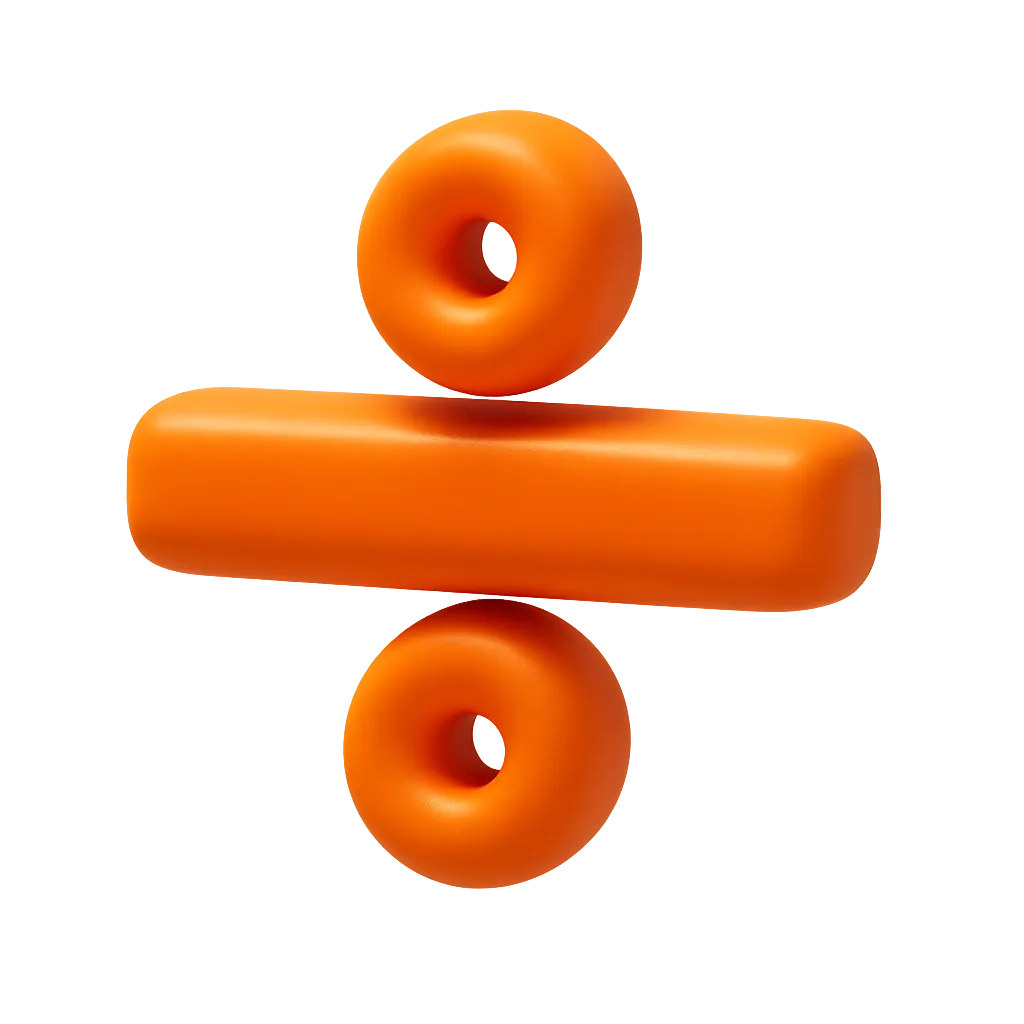Why Prime Coat Calculators Matter
A correct prime coat promotes bond between granular bases (WMM/WBM, stabilized bases, CRM) and the first asphalt layer, reduces dust, and improves durability.
This calculator turns site dimensions and target spray rates into an order-ready quantity.
Key uses:
- Convert roadway/shoulder area to kg of bitumen/emulsion
- Compare emulsion vs. cutback rate ranges by surface type
- Align crews and suppliers on daily application targets
- Avoid over/under application that affects bonding and cost
How the Calculator Works
- Select surface type
- WMM/WBM or Stabilized soil base / Crusher Run Macadam
(Helper text shows typical rate ranges.)
- Enter dimensions
- Length and breadth (m) → total area (m²)
- Enter spray rate (kg/m²)
- Use your spec/supplier guidance (e.g., 0.7–1.0 emulsion on WMM/WBM)
- We compute
- Total Area (m²)
- Required Bitumen (kg) = Area × Rate of Spray
Assumptions: uniform, well-prepared base; rate within spec; no allowance for losses or overspray. Adjust for site-specific QA/QC.
Example
Inputs:
- Length 250 m, Breadth 7.0 m
- Surface WMM/WBM
- Rate 0.9 kg/m²
Result:
- Area = 250 × 7 = 1,750 m²
- Bitumen = 1,750 × 0.9 = 1,575 kg
Pro Tips
- Clean & dry base: Remove dust and free moisture for proper penetration.
- Use the right rate: Coarser/granular bases often need the higher end of the range.
- Weather matters: High temperatures and wind increase losses—plan a margin.
- Record actuals: Track tanker dip readings and test sections to calibrate rate in the field.
Benefits & Limitations
Benefits
- Fast conversion from area to application quantity
- Surface-specific guidance for typical spray ranges
- Simple enough for site engineers and planners
Limitations
- Outputs are estimates—verify with project specs and supplier MSDS/TDS
- Does not include dilution, viscosity/temperature adjustments, or wastage
- Field calibration and core tests override calculator assumptions



